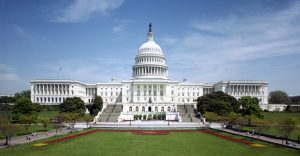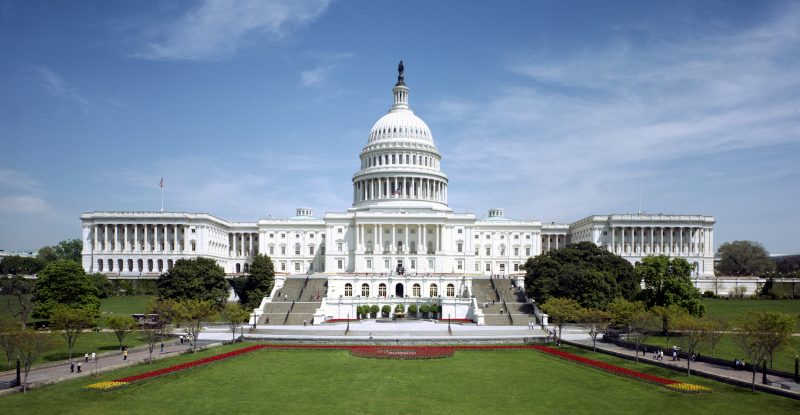 After weeks of political posturing and debate, Congress failed to come to an agreement on a spending bill by the January 20, 2018 midnight deadline, resulting in non-essential government services shutting down effective immediately.
After weeks of political posturing and debate, Congress failed to come to an agreement on a spending bill by the January 20, 2018 midnight deadline, resulting in non-essential government services shutting down effective immediately.
A stopgap bill that passed the House would have avoided a government shutdown, but it failed to gain traction in the Senate, resulting in the first government shutdown under President Donald Trump’s tenure. In order to pass the Senate, a spending bill needs 60 votes. Currently, 51 Republicans hold office with the remaining 49 Senators being either Democrat or Independent (but aligning with liberal causes). However, Sen. John McCain (R-AZ) is currently seeking treatment for cancer, leaving the Republicans with a 50-49 majority.
Had the House-backed bill passed, the government would be fully funded through February 16, 2018 and the nonpartisan Children’s Health Insurance Program would be continued for six years.
Instead, the government will be shut down indefinitely, causing government workers and civilians alike to fret about the potential ramifications.
Illegal immigration was an issue that came to the forefront of the spending bill. Democrats aimed to shield the Deferred Action for Childhood Arrivals (DACA) recipients, a group of approximately 800,000 illegal aliens that were brought to the United States as children, from deportation. The DACA program was created during President Barack Obama’s administration, and was carried out via executive order.
In order to comply with President Trump’s immigration mandates — including funding for a border wall at the United States-Mexico border, and an end to the diversity lottery and chain migration — Democrats demanded legal protection and/or a path to citizenship for the DACA recipients, also known as “Dreamers.” Ultimately, the two parties were too far apart to reach a deal and the United States government will remain shut down until Congress passes a spending bill.



